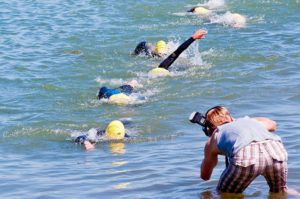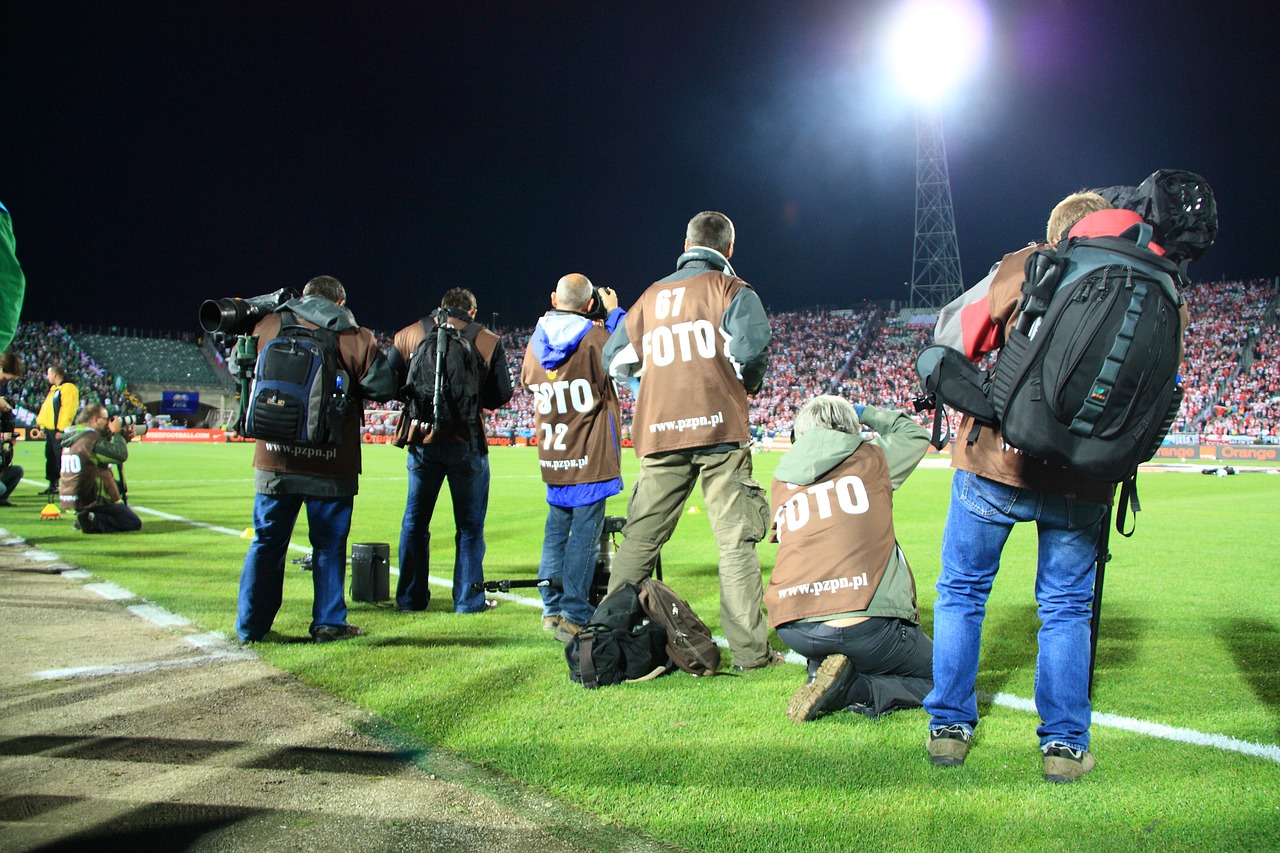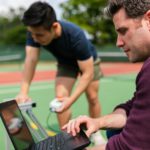Sports has a lot of fast-paced action going on. Some sports are much more dynamic than others, which makes capturing them a real challenge, even for the professionals. On the other hand, if you start off with an easier sport, you might have a better experience as a photographer.
But how does one get into sports photography in the first place? Is education necessary? Can you do it on your own? Here is a small guide on how to get into sports photography.
Getting Educated – Universities or Fast Courses

Depending on where you are in the world, it is always recommended to go through a photography and videography university to obtain a bachelor’s degree. This can help you because now you have an actual certificate and in our formal world, that is going to help you get a pass to the events and venues.
There are faster courses which can get you there, but they might be more expensive, again, depending on where you are in the world.
Education can help you get the necessary knowledge on how to handle a camera, develop photos, both digital and analog. Knowledge is power and it will help you in this case.
Purchase a Camera – It is Your Tool of the Trade
You cannot really take photos without a camera of sorts. Whether you have a very powerful mobile phone, which is not recommended, or an actual professional camera, you can start practicing for your job.
Getting the right camera is a big deal in sports photography. You need something with a fast shutter speed and with a good enough sensor, particularly for low light photography (which happens during night matches). The lenses are as important as the body, and telephoto lenses with a good autofocus are essential for sports. When capturing moving subjects, you need a good lens with autofocus. Telephoto lenses are necessary because in sports like football and soccer, you are going to be far away from the action most of the time.
Capturing the Right Moment

Sports are all about action, right? Well, not exactly. People watch sports for the action, but also for the emotions, passion, drama and everything else in between. If you can capture a player’s reaction after a successful play, then you made a good photograph.
Photographs in motion are always exciting to see, particularly of athletes who are in strange body positions, jumping, sliding, crashing. All of these are amazing, but the emotion is even better. Trying to capture emotion and action is the best way to make a good sports photograph.
Networking – Meeting People
The skills needed can be honed on your own, but once you get to actual photography, you need connections. Meeting people and getting to know them is going to get you places. You should not focus only on the business side of things, because that will make you seem like you are simply out there for the job. Genuinely talking to the people who you might benefit from is going to help you in the long run.
Hard work and the right people is how you become a good sports photographer, much like any other profession.






